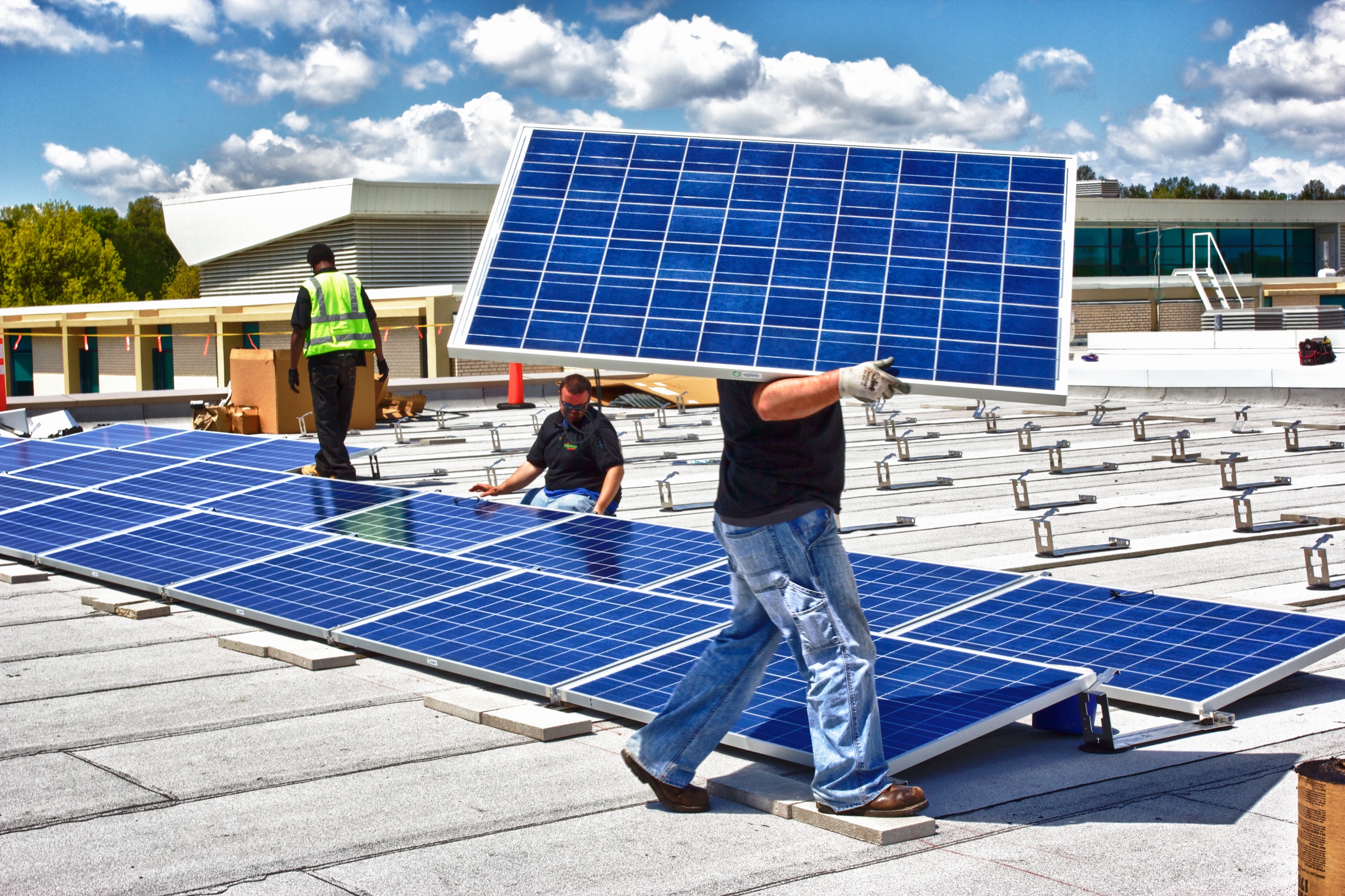Solar power installations doubled in 2016 over 2015, as more and more areas of the United States began pulling their power from the sun.
For the first time, solar power installations formed the largest group of electricity generating capacity of any energy source, CNBC reported.
Nearly 40% of new power generation projects added last year were solar, in terms of electrical production capacity. A record 22 states each added more than 100 megawatts, the report said.
It was also the first time since 2011 that the growth of nonresidential installations surpassed residential solar growth, which was driven mostly by utility-scale projects.
Part of this resulted from a pipeline of projects builders were trying to complete in case the federal Investment Tax Credit for solar was not extended beyond the end of 2016. Tax credits and policies, like net metering, do play a big role in the solar market, but in an increasing number of cases, it comes down to simple economics.
GTM Research analyst, Cory Honeyman, said in an interview with CNBC that utilities are also making significant solar power investments in states that have no renewable energy requirements, such as states across the southeast.
This means homes, businesses and utilities in some regions are investing in solar even when they are not being forced to, or even when they do not receive subsidies from state governments.
“This is largely because solar is becoming cost-competitive with natural gas, and some customers may use solar as a hedge against future fluctuations in natural gas prices,” Honeyman said.
While utility-scale customers were a driving force, residential solar still makes up a substantial portion of new growth. Some of the big residential markets, such as California, are seeing residential installation rates level off, but growth is strong in other states, such as Maryland and New Jersey.


